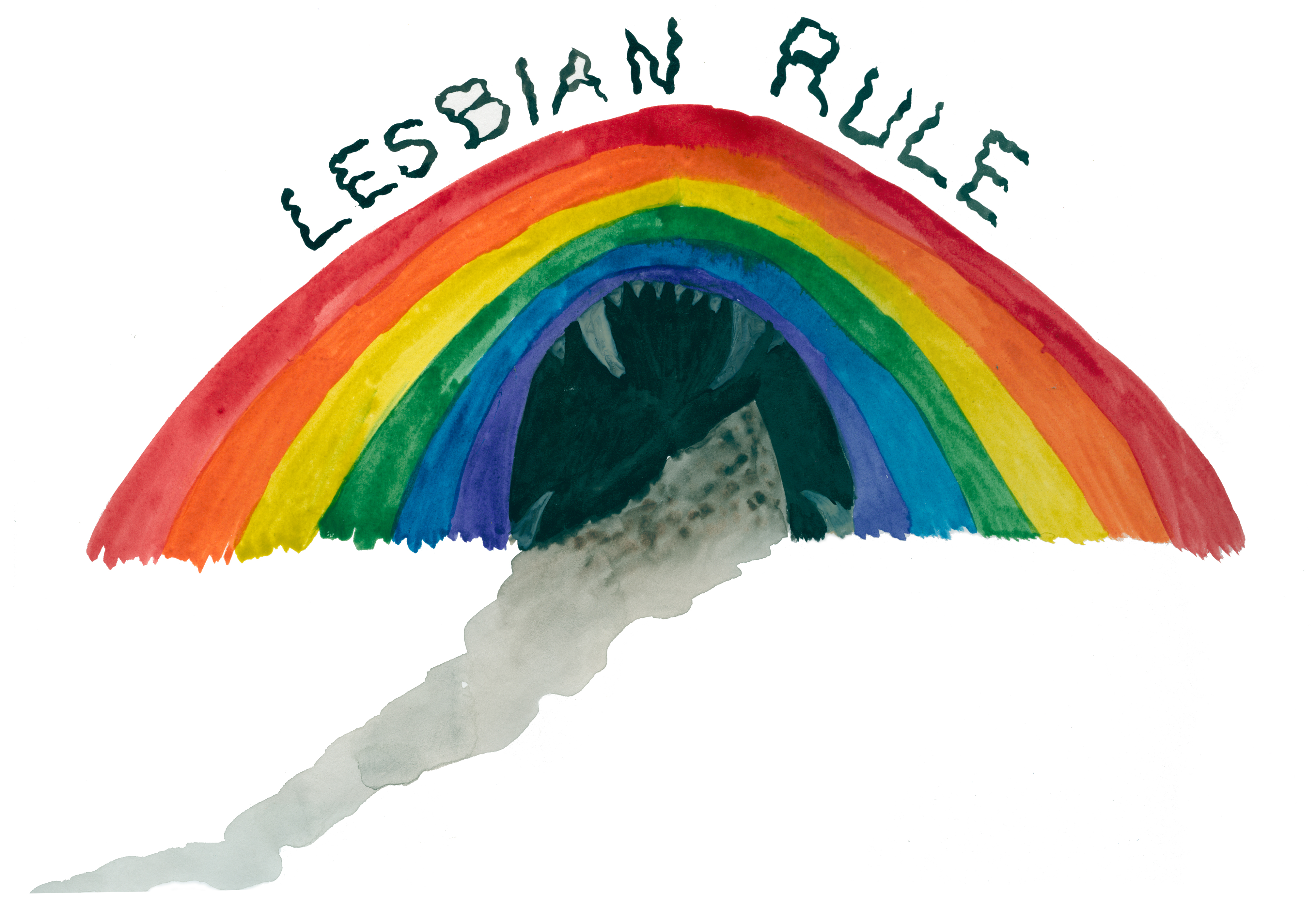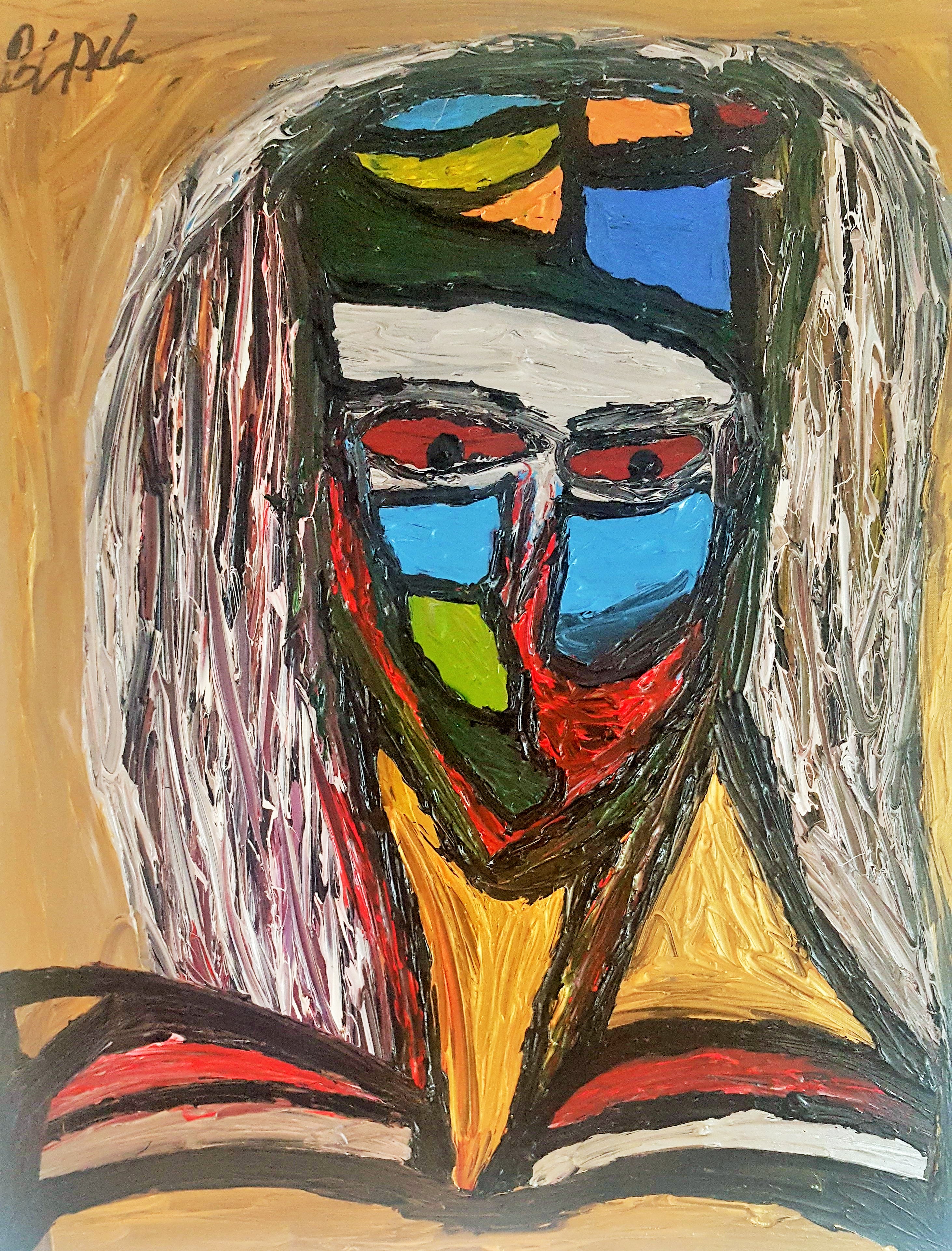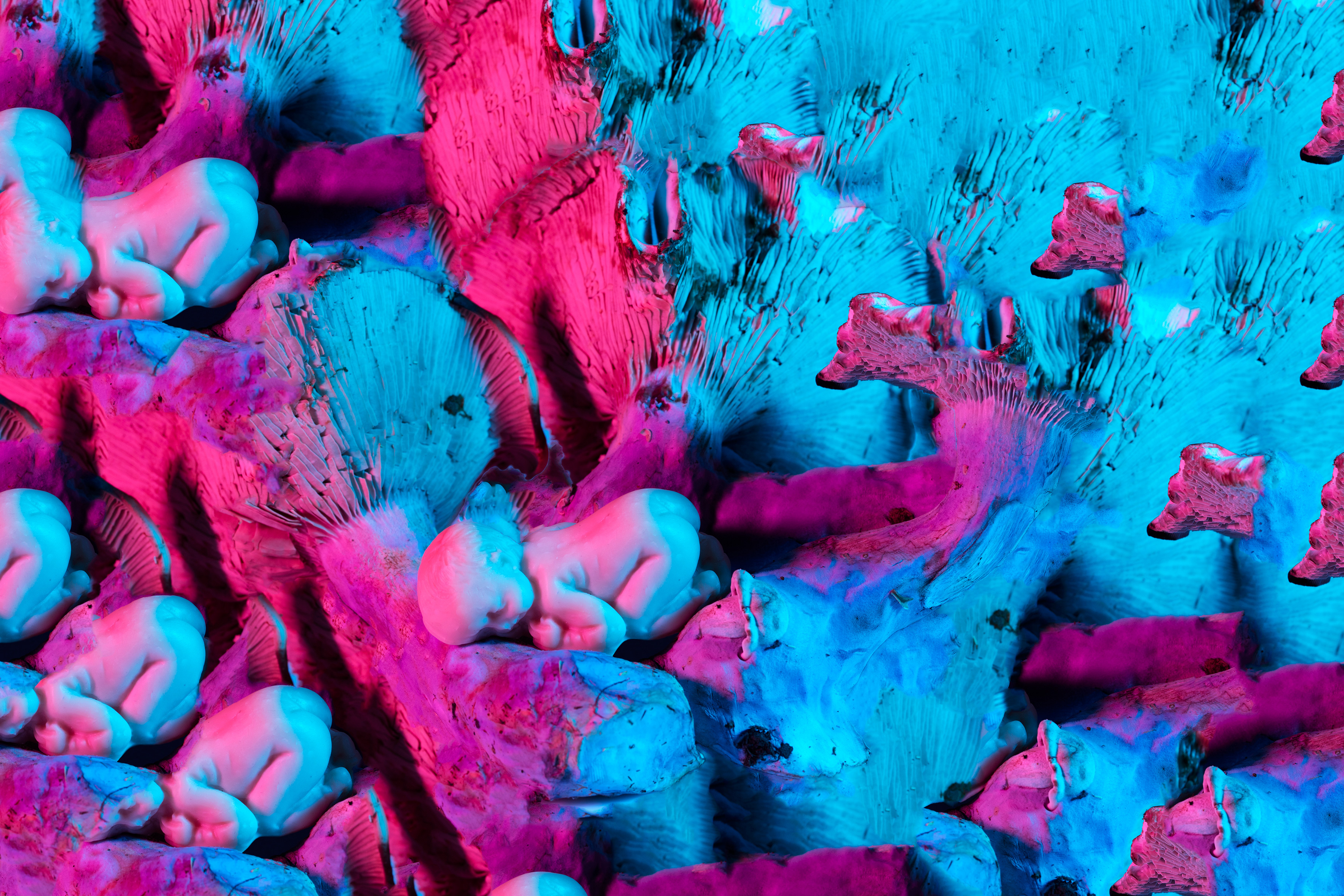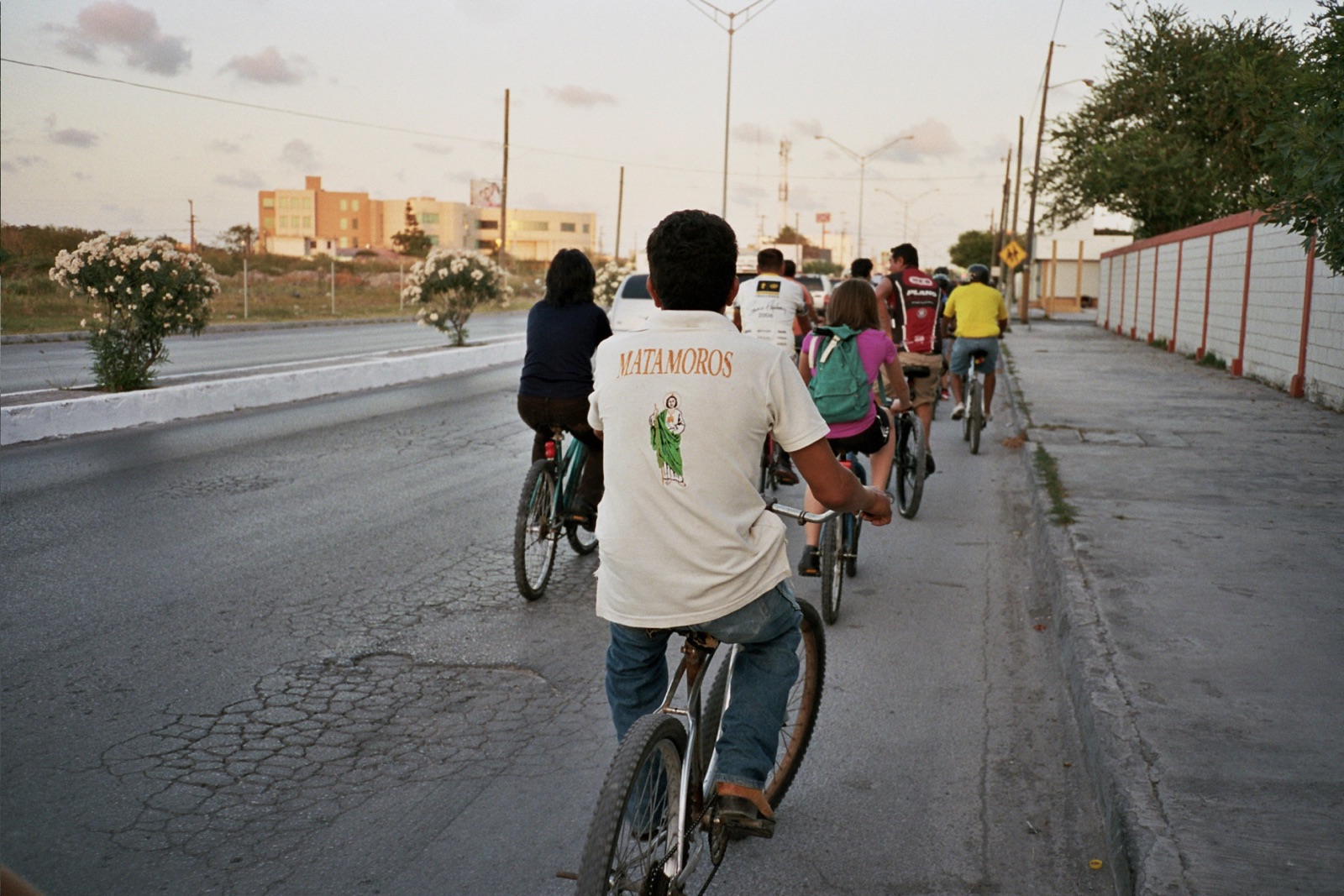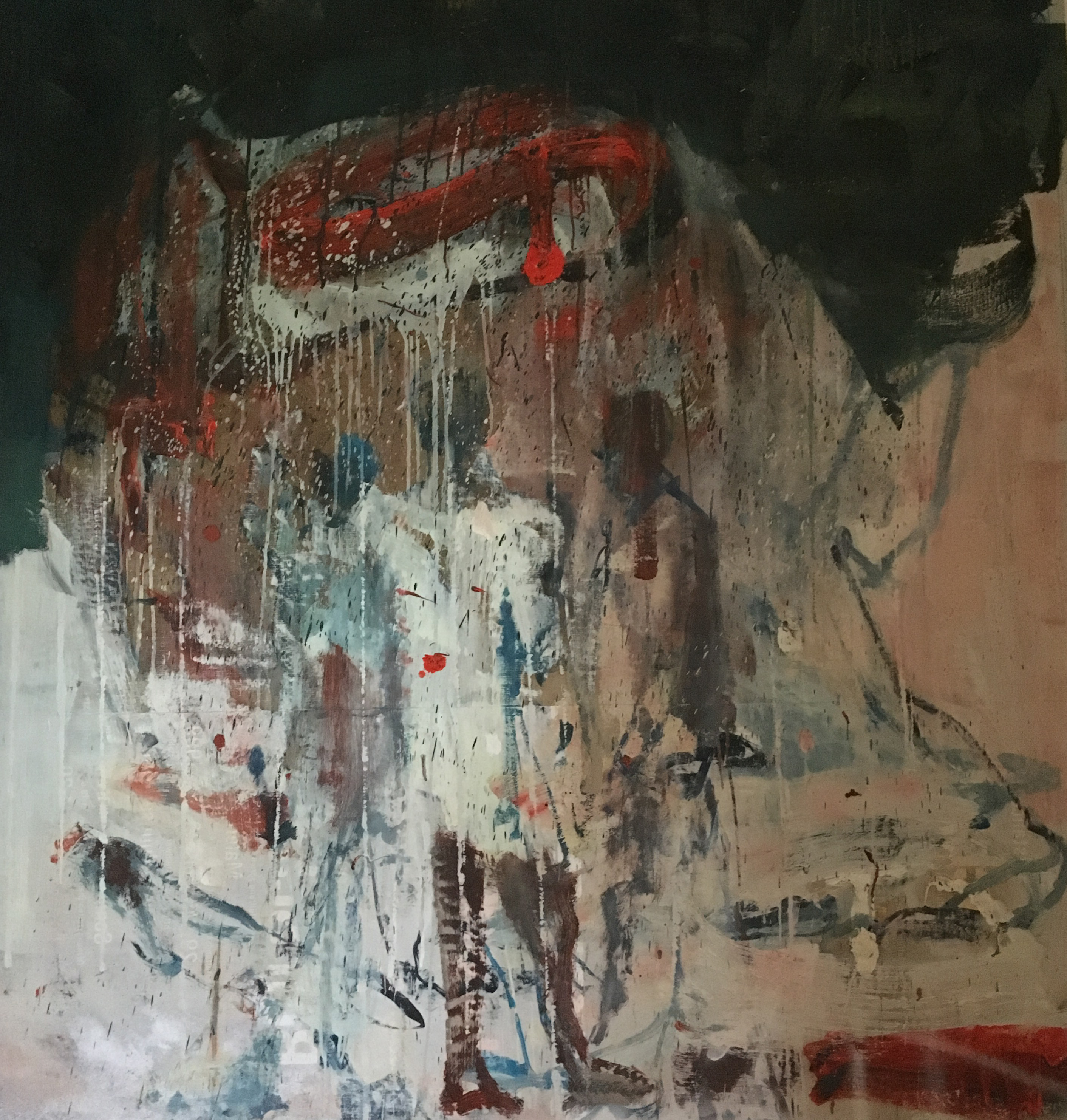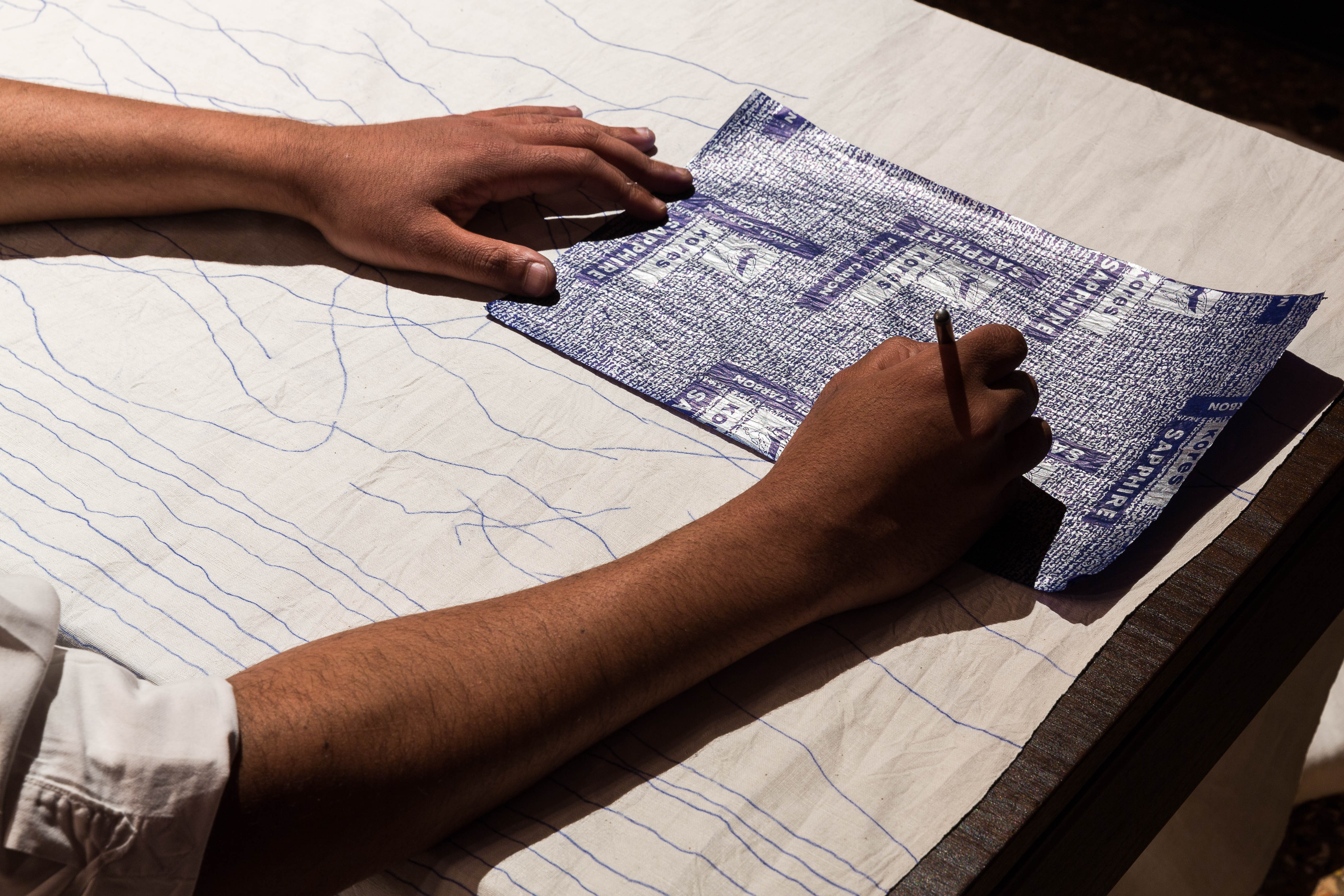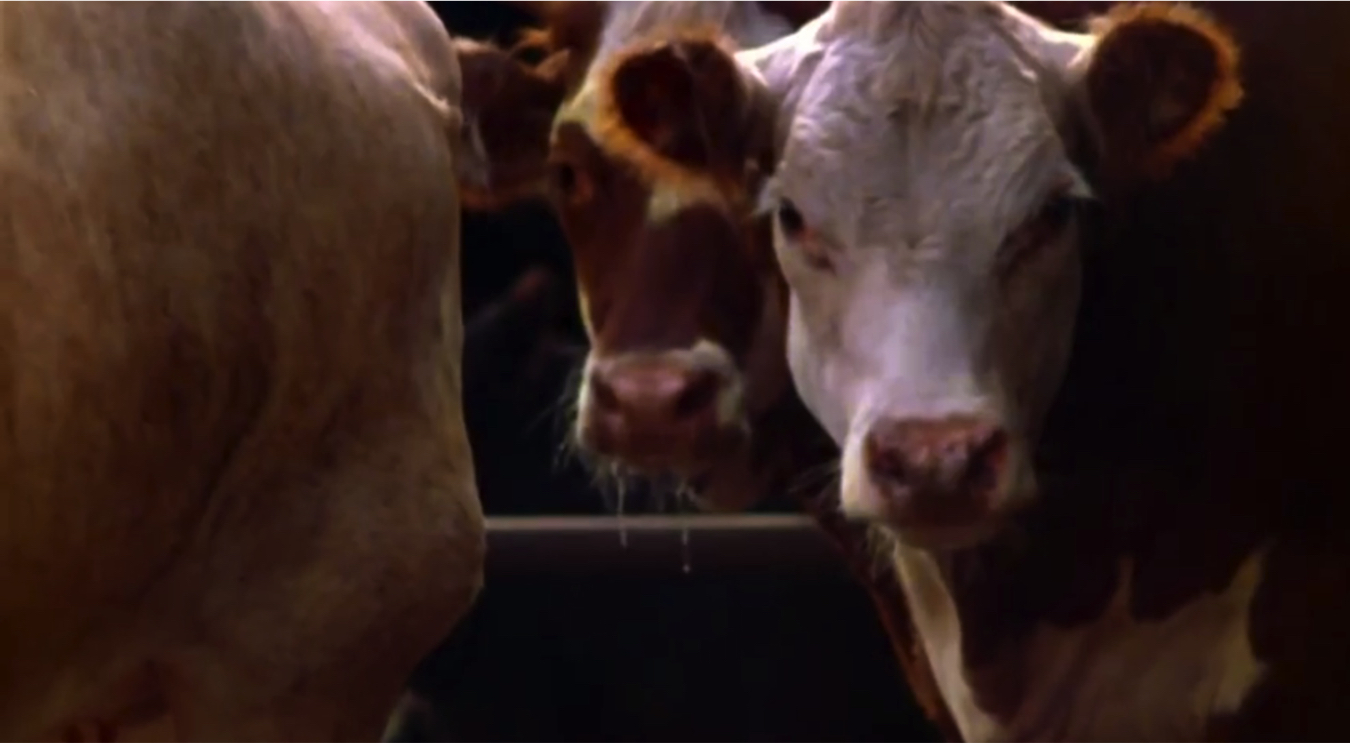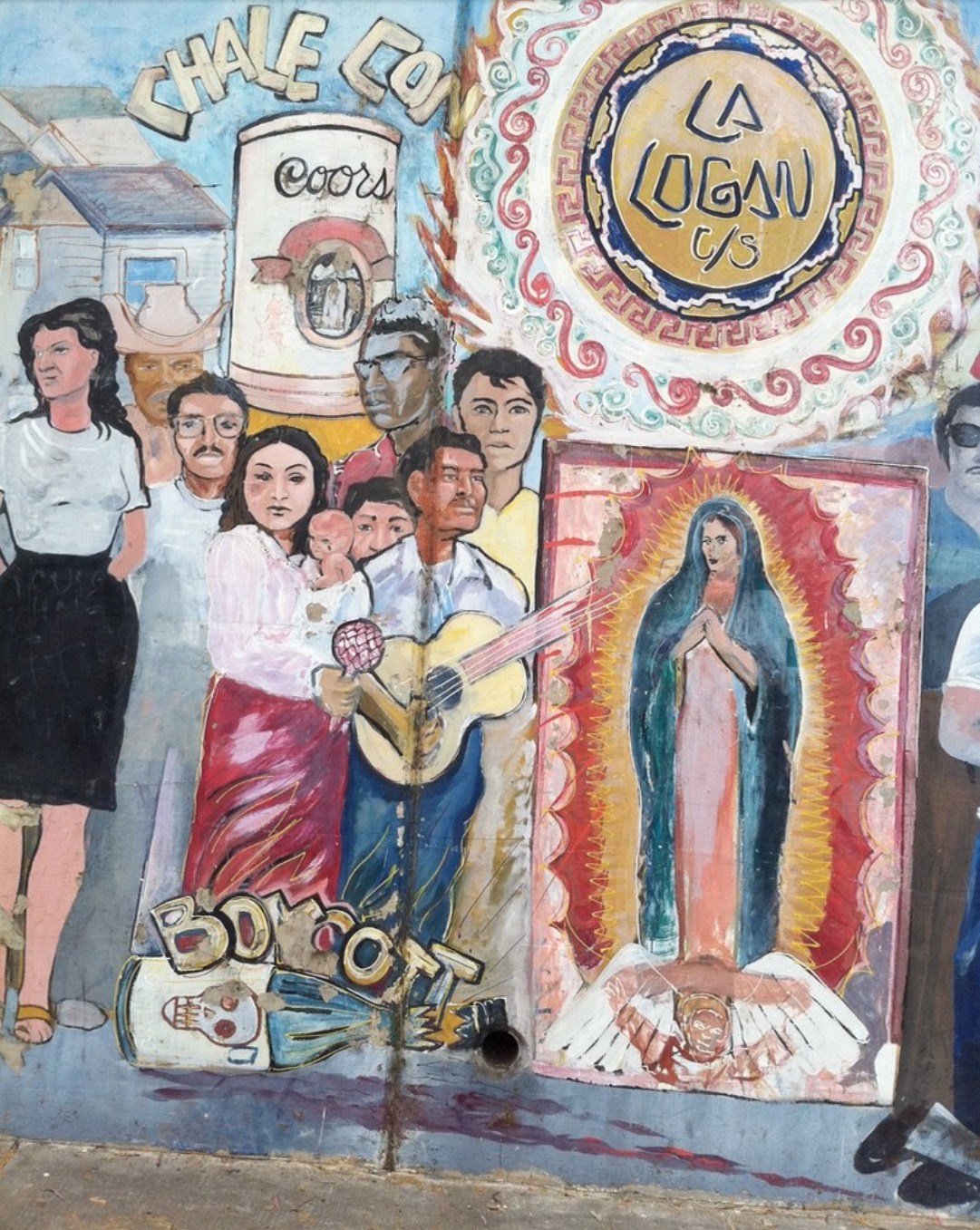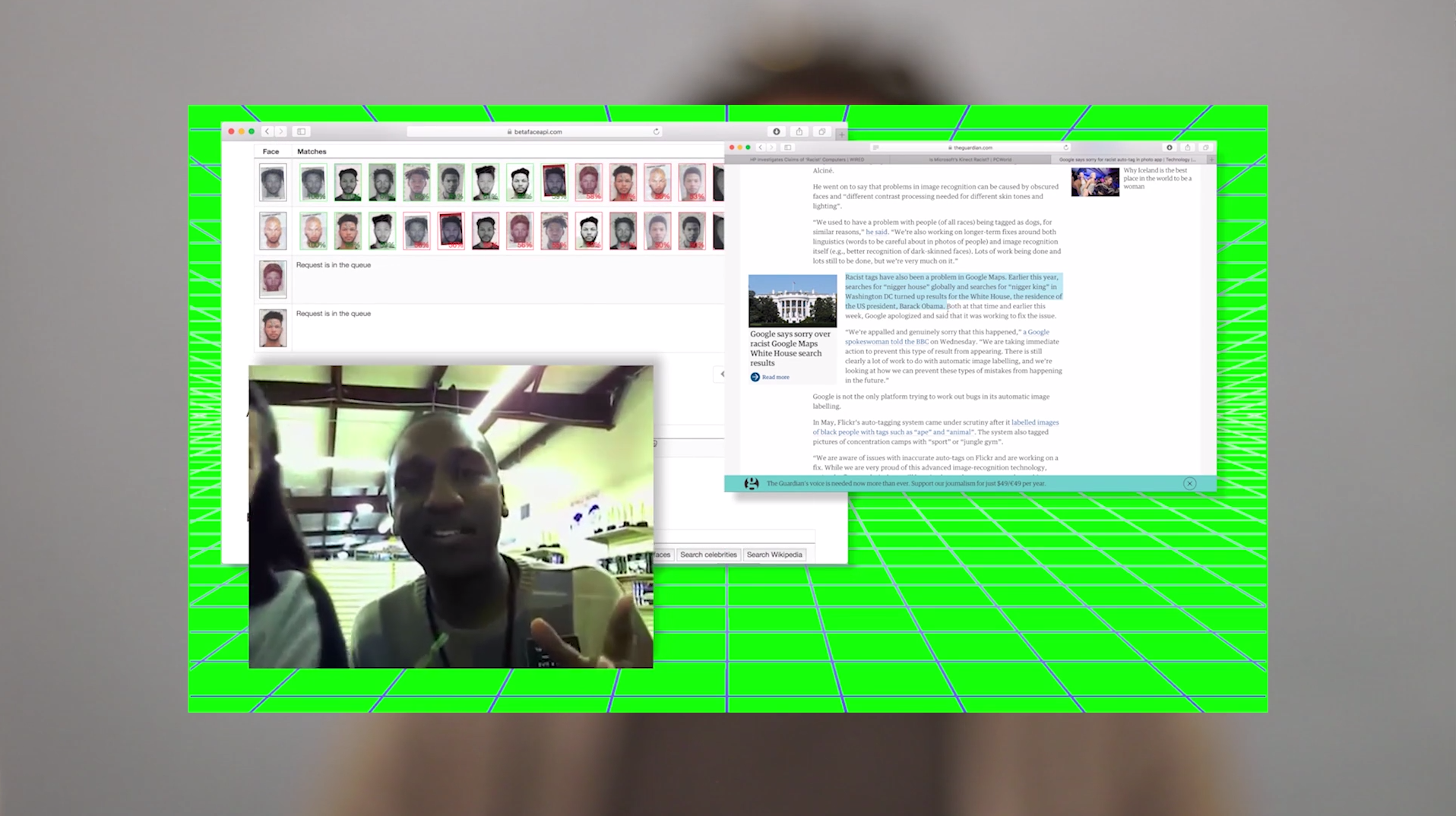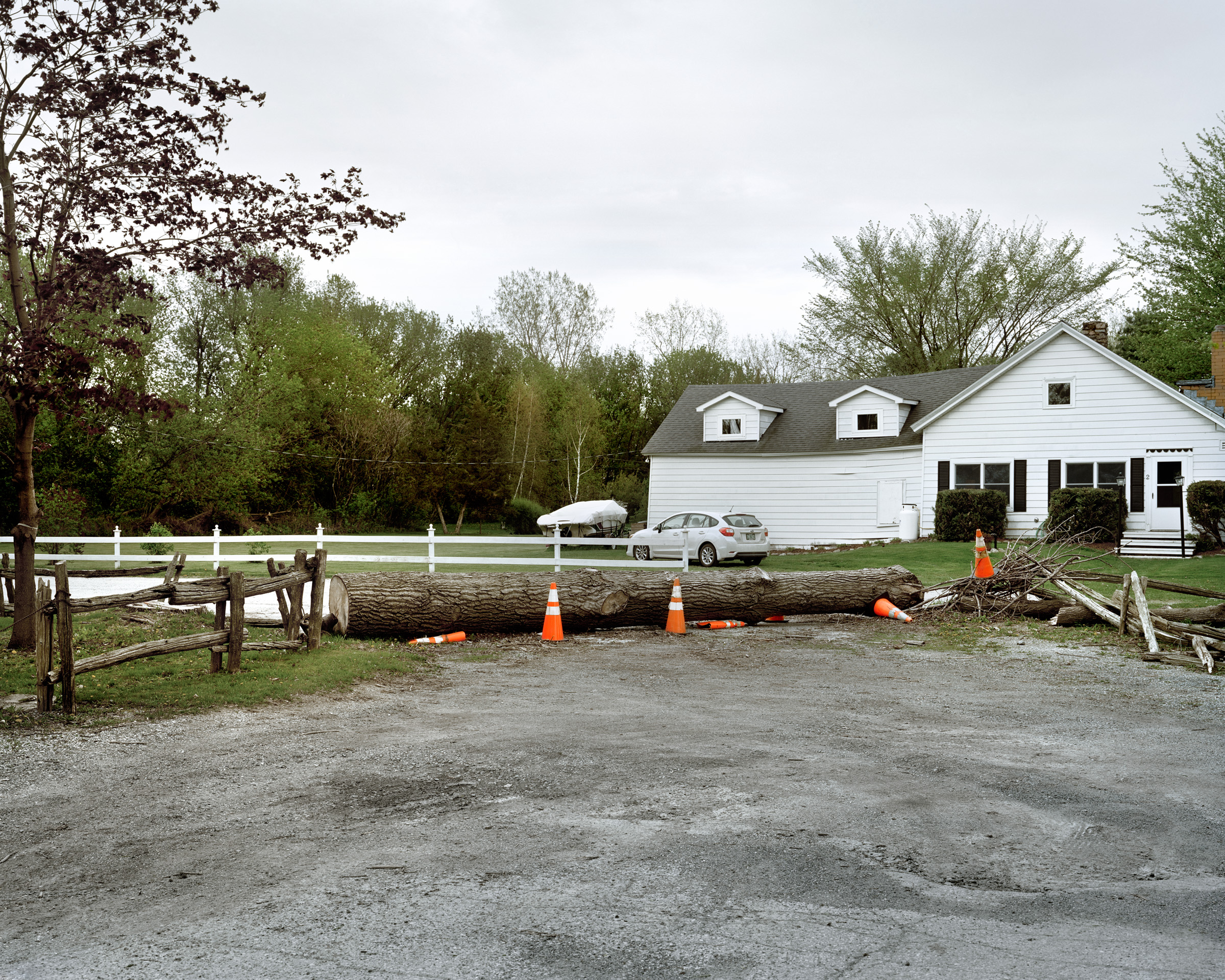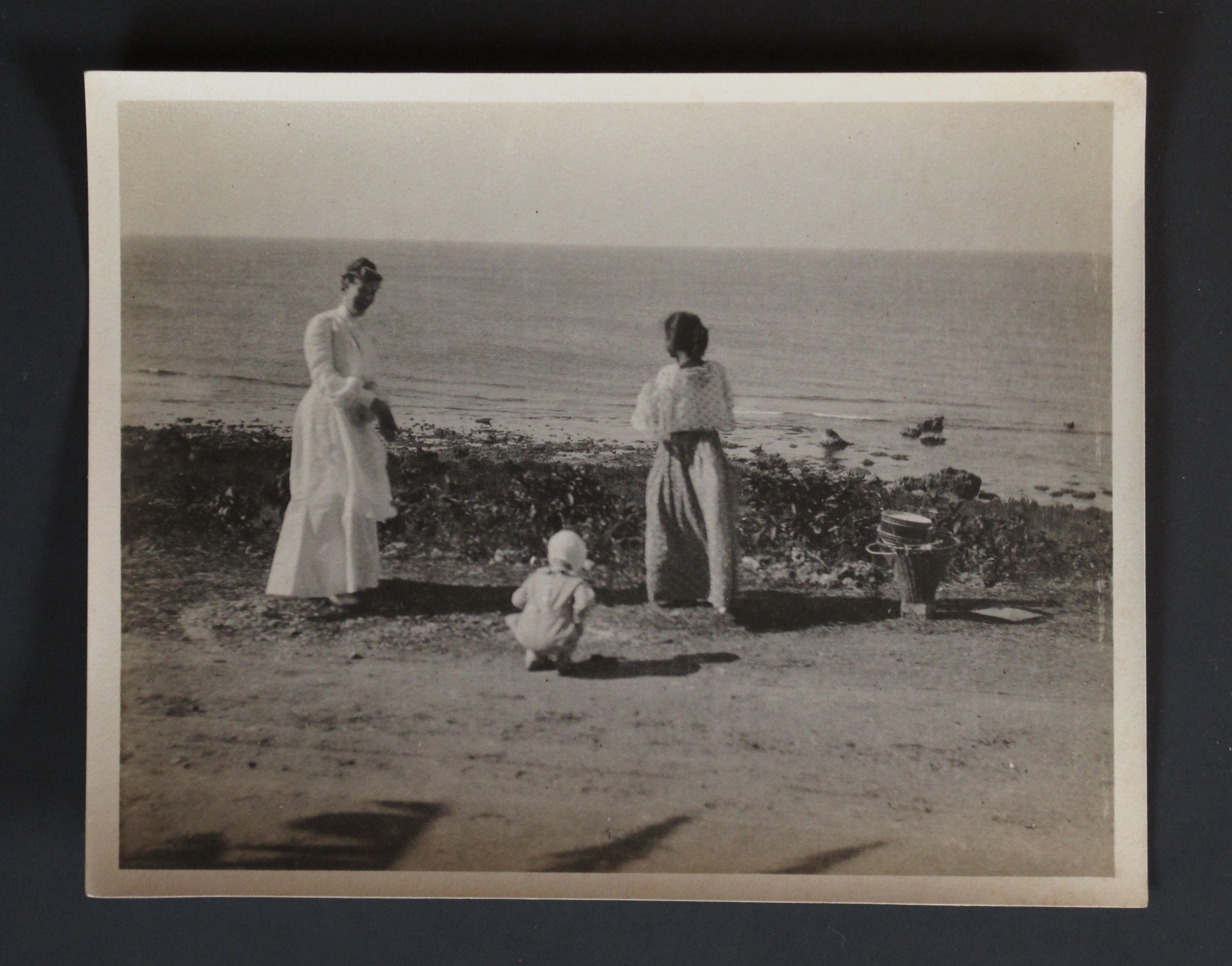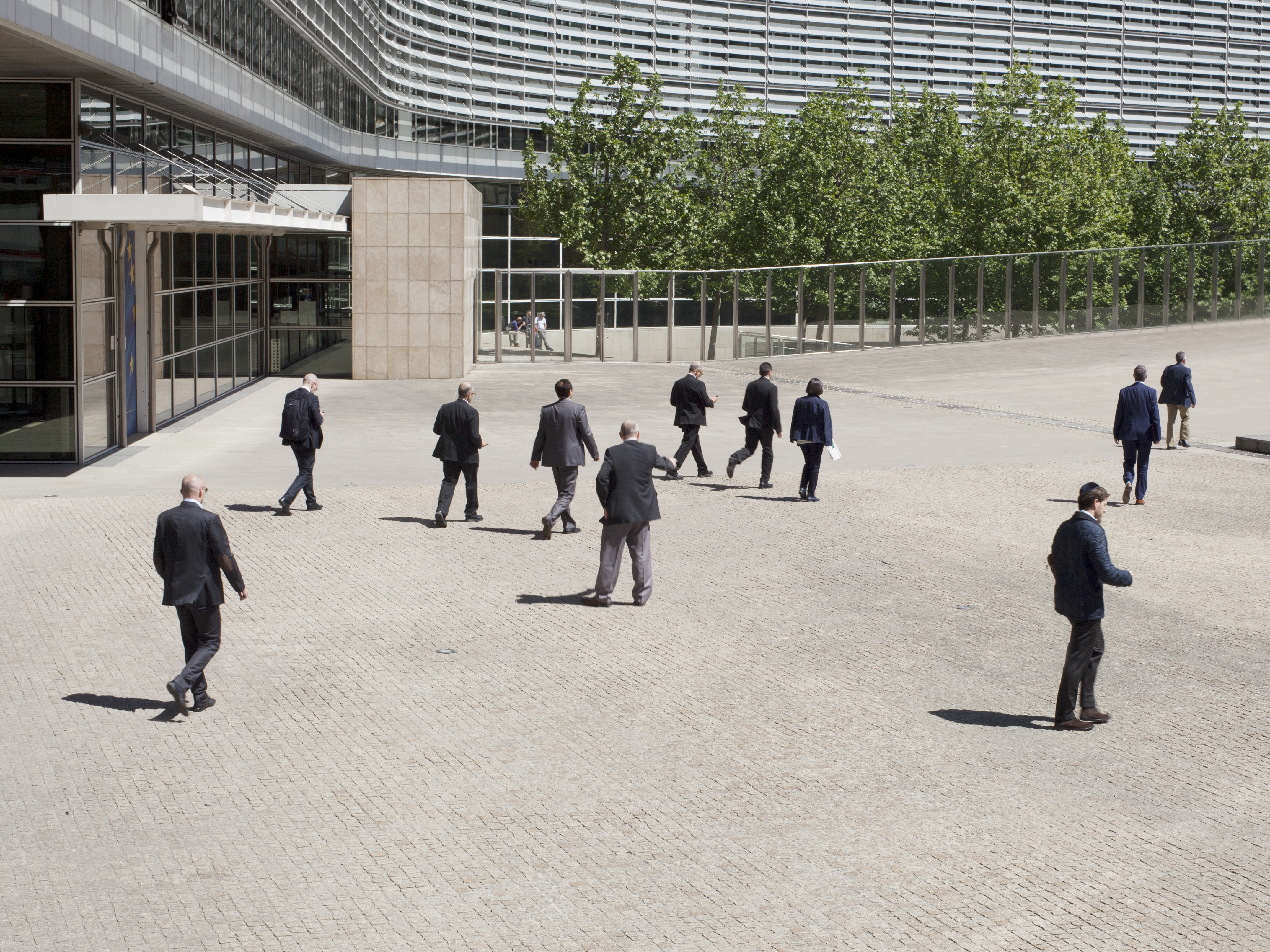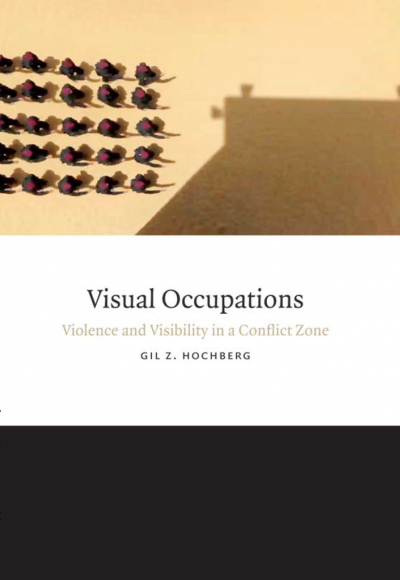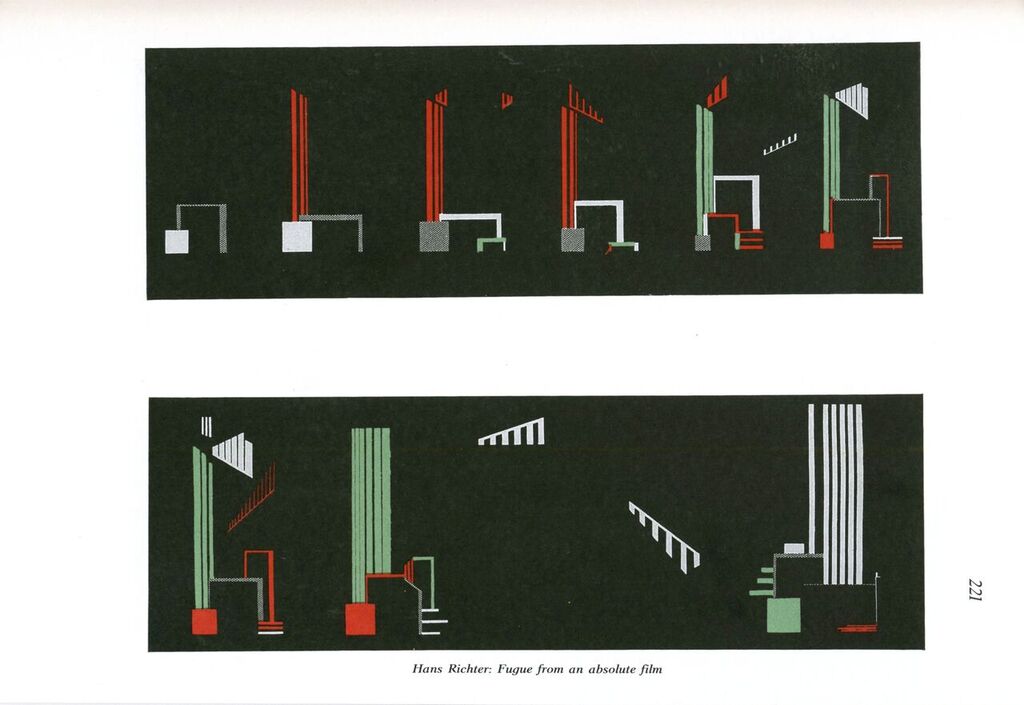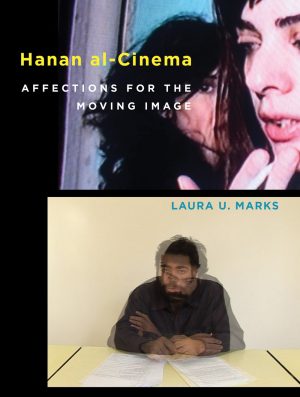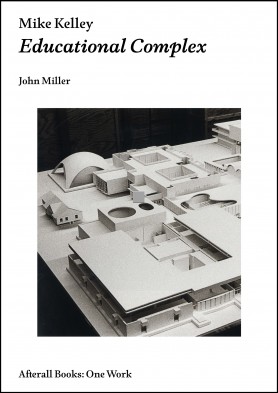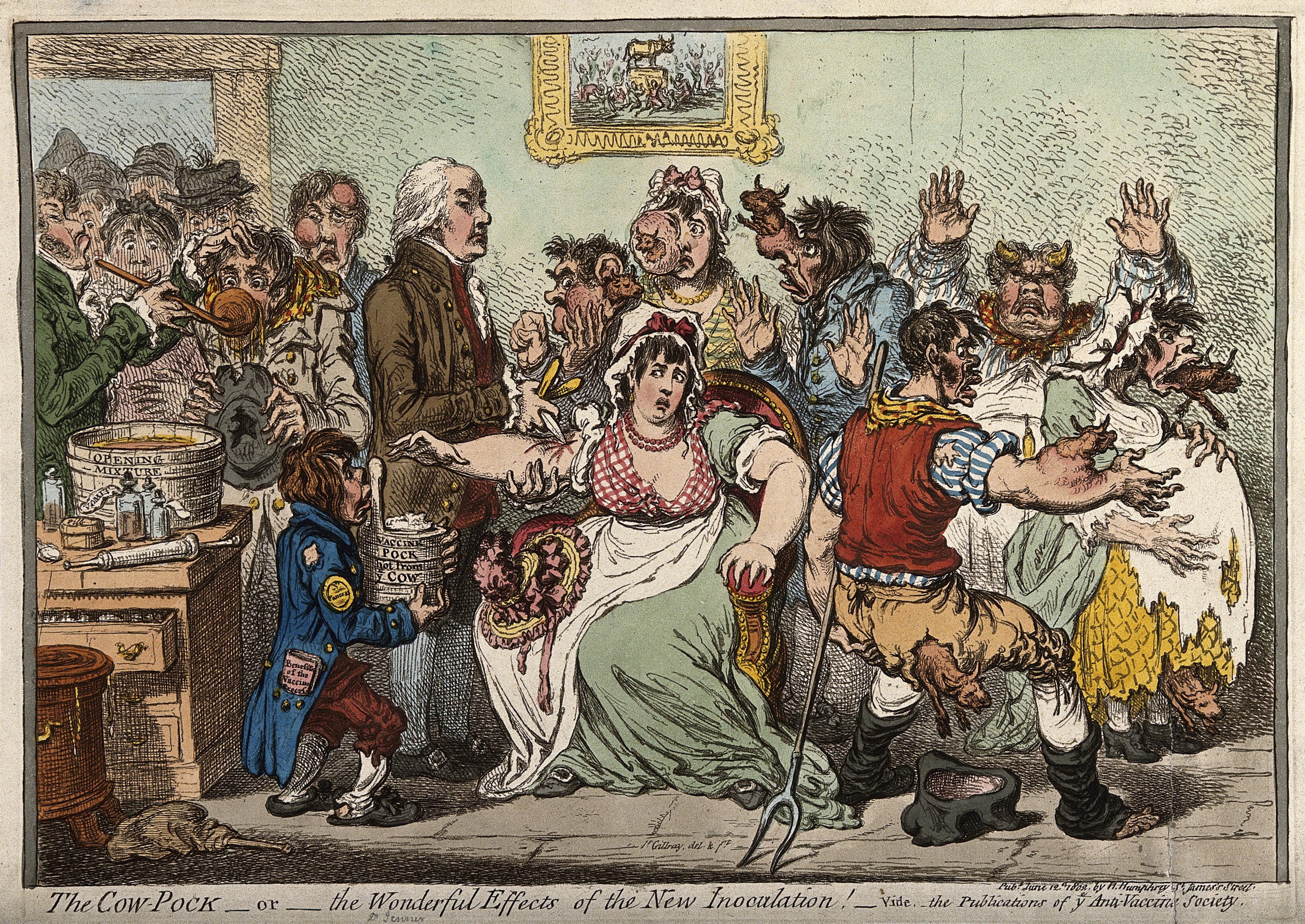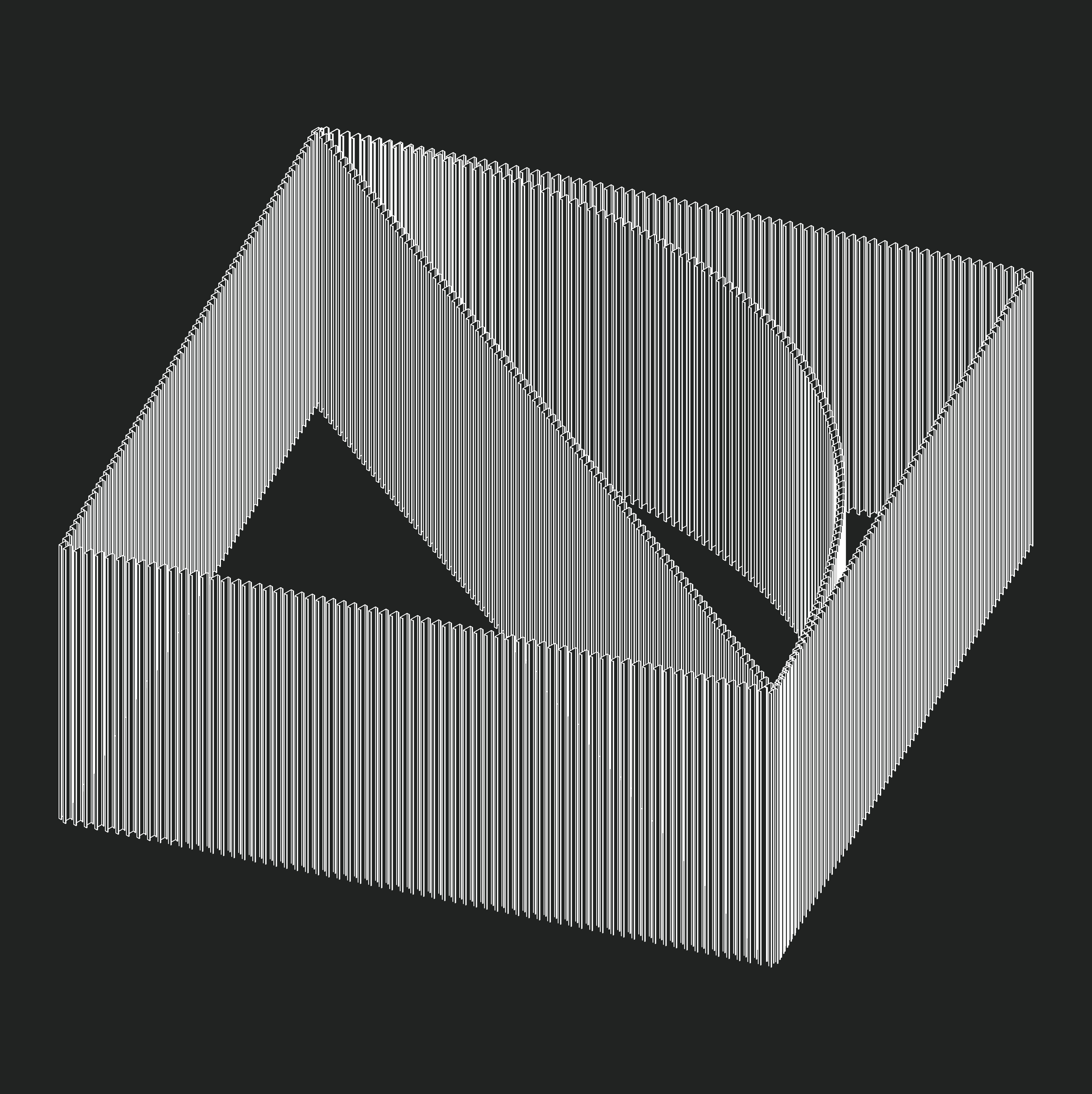Affecting Activist Art: Inside KillJoy’s Kastle, A Lesbian Feminist Haunted House
By Genevieve Flavelle Photo credit: Allyson Mitchell, Lesbian Rule, 2013. Courtesy of the Artist. On a warm fall evening in 2015 a lesbian feminist entity known as KillJoy opened her fang bearing mouth in the center of Los Angeles’s Plummer Park. Inviting audiences into her inner sanctum, the maligned matriarch elicited delight, horror, fear, sentimentality, laughter, and reverence for lesbian feminist herstories1 Viewers grouped together in line with friends, or perhaps friendly strangers, awaiting their turn to experience the novelty of a Lesbian Feminist Haunted House. Reaching the front of the line, visitors’ introduction to KillJoy’s Kastle was brusque as Valerie Solanas was back from the dead and working the door!2 Brandishing her infamous S.C.U.M. Manifesto, a ghoulish Solanas instructed groups that what they were about to experience would not be “part of the ordinary.” As a group was being informed about nudity and instructed not to take flash photography, I joined in time to be advised that the “KillJoy’s Kastle is best viewed by the light of your pussy—if you have one.” I quickly explained, as I …

